Home>Furniture & Design>Bathroom Accessories>What Should Be Included In A First Aid Kit For A Baby
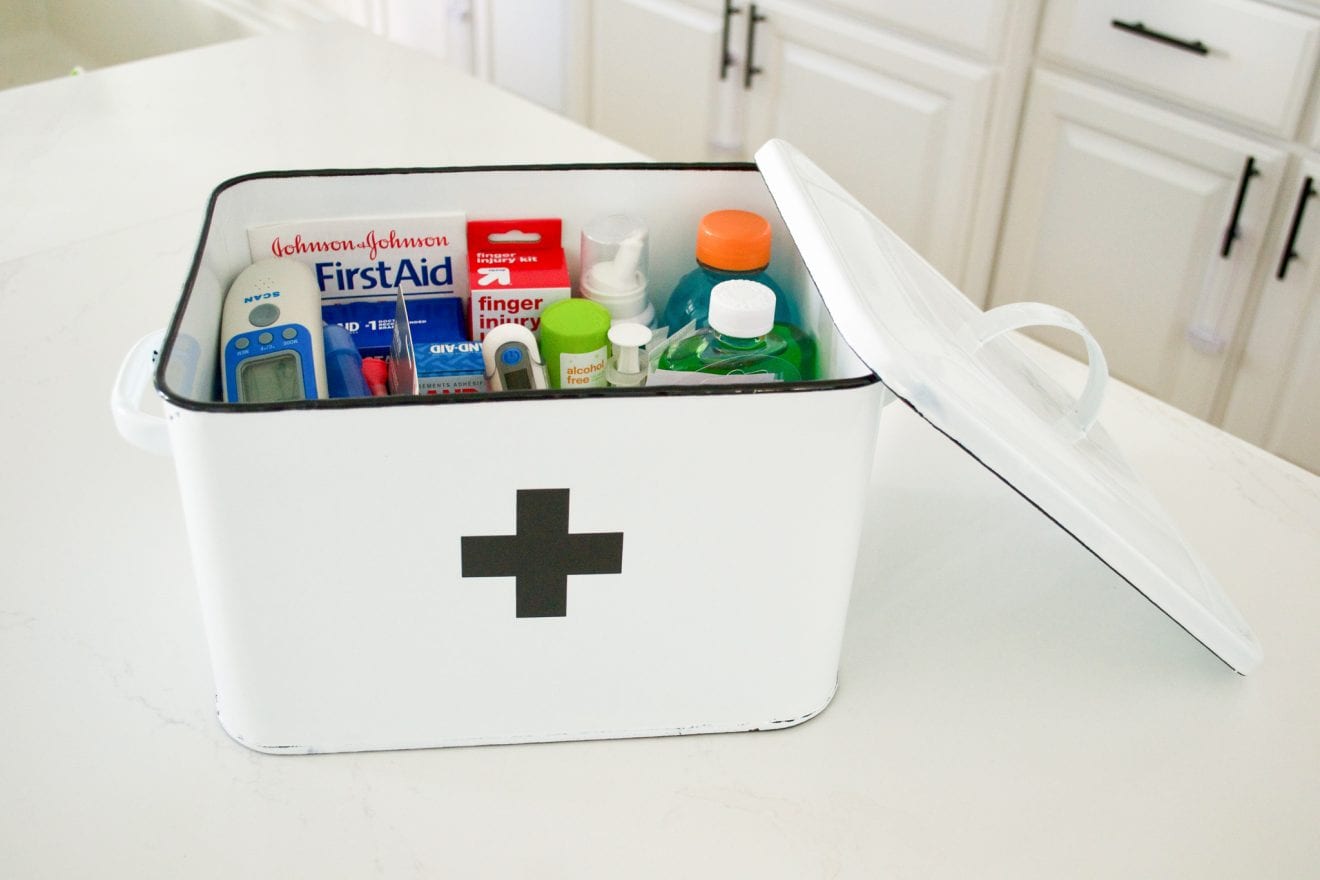

Bathroom Accessories
What Should Be Included In A First Aid Kit For A Baby
Modified: February 18, 2024
Ensure your baby's safety with a well-stocked first aid kit. Discover essential bathroom accessories to include for any emergency. Keep your little one protected and prepared.
(Many of the links in this article redirect to a specific reviewed product. Your purchase of these products through affiliate links helps to generate commission for Storables.com, at no extra cost. Learn more)
Bandages and dressings
Bandages and dressings are essential components of a well-prepared first aid kit for a baby. Accidents and minor injuries are common occurrences during a baby's early years, making it crucial to have the necessary supplies to address these situations promptly and effectively.
-
Adhesive bandages: Also known as adhesive strips or plasters, these are designed to cover small cuts, scrapes, or blisters. Opt for bandages specifically designed for babies, as they are gentle on their delicate skin. Look for hypoallergenic options to minimize the risk of irritation.
-
Gauze pads: These are versatile and can be used to dress larger wounds or serve as a barrier between a wound and an adhesive bandage. They are highly absorbent and aid in maintaining a clean and sterile environment around the wound.
-
Roller bandages: These elastic bandages are useful for securing dressings in place, providing support for sprains, or creating a makeshift sling if necessary. Ensure that the bandages are not too tight to avoid restricting circulation.
-
Sterile wound dressings: These are crucial for covering larger wounds or burns to protect them from contamination and promote healing. Look for non-adherent dressings to prevent them from sticking to the wound, minimizing discomfort during dressing changes.
-
Hypoallergenic tape: This type of tape is gentle on a baby's sensitive skin and is used to secure dressings in place without causing irritation or discomfort. It is important to choose a tape that adheres well but can be easily removed without causing further trauma to the skin.
-
Sterile eye pads: In case of an eye injury, sterile eye pads can be used to cover and protect the affected eye until medical attention can be sought. It is crucial to handle eye injuries with care and seek professional medical advice promptly.
Including a variety of bandages and dressings in the first aid kit ensures that caregivers are equipped to handle a range of minor injuries and emergencies that may arise. Regularly check the kit to ensure that supplies are not expired and are well-stocked, replenishing items as needed to maintain its readiness for any situation.
Key Takeaways:
- Be prepared for baby emergencies with a well-stocked first aid kit including bandages, antiseptic wipes, thermometer, pain reliever, nasal aspirator, saline drops, tweezers, scissors, adhesive tape, and emergency contacts.
- Regularly check and replenish your baby’s first aid kit to ensure readiness for any situation. Prioritize safety, comfort, and effectiveness when selecting and using first aid supplies for your baby’s well-being.
Read more: What Should Be In A Horse First Aid Kit
Antiseptic wipes or spray
Antiseptic wipes or spray are indispensable items in a baby's first aid kit, serving as a crucial line of defense against infection in the event of minor cuts, scrapes, or burns. These antiseptic products are specifically formulated to cleanse and disinfect wounds, helping to prevent the proliferation of harmful bacteria and promote the healing process.
When selecting antiseptic wipes or spray for inclusion in a baby's first aid kit, it is essential to prioritize products that are specifically designed for use on infants. These formulations are tailored to be gentle on a baby's delicate skin while remaining effective in combating bacteria and reducing the risk of infection. Look for antiseptic wipes that are free from alcohol and harsh chemicals, as these can cause discomfort and irritation to a baby's skin.
Antiseptic wipes are convenient for on-the-go use, providing a quick and efficient means of cleansing minor wounds when access to soap and water is limited. They are individually packaged, ensuring sterility and ease of use. Additionally, antiseptic sprays offer a no-touch application, minimizing the risk of further contamination of the wound.
In the event of a minor injury, the use of antiseptic wipes or spray is a crucial first step in wound care. After gently cleaning the affected area, caregivers can proceed with dressing the wound using appropriate bandages and dressings from the first aid kit. By incorporating antiseptic wipes or spray into the kit, caregivers are equipped to promptly address minor injuries, reducing the risk of infection and supporting the baby's well-being.
Regularly inspect the first aid kit to ensure that the antiseptic wipes or spray are not expired and are readily available for use. Replenish the supply as needed to maintain the kit's preparedness for any unforeseen circumstances. By prioritizing the inclusion of antiseptic wipes or spray, caregivers can have peace of mind knowing that they are well-prepared to provide immediate and effective care for their baby's minor wounds.
Baby thermometer
A baby thermometer is an indispensable tool for monitoring a baby's body temperature, allowing caregivers to promptly identify and address potential fever or hypothermia. When selecting a thermometer for inclusion in a baby's first aid kit, it is essential to prioritize accuracy, ease of use, and the baby's comfort. There are various types of thermometers available, each with its own set of advantages and considerations.
Digital Thermometers
Digital thermometers are widely favored for their ease of use and accuracy. They are available in various forms, including oral, rectal, and temporal artery thermometers. For infants, rectal thermometers are often recommended for their precision in measuring core body temperature. It is crucial to select a digital thermometer specifically designed for infants, as they are tailored to provide accurate readings for this age group.
Infrared Thermometers
Infrared thermometers, also known as temporal artery thermometers, offer a non-invasive method of measuring a baby's temperature. They are designed to capture the heat emitted from the temporal artery on the forehead, providing a quick and comfortable temperature reading. This type of thermometer is particularly suitable for fussy or uncooperative babies, as it does not require physical contact with the baby's skin.
Read more: What Should Be In A School First Aid Kit
Pacifier Thermometers
Pacifier thermometers are designed to resemble a baby's pacifier, offering a familiar and non-threatening method of measuring temperature. While convenient for soothing a baby during temperature measurement, it is important to note that pacifier thermometers may not be as accurate as other types of thermometers. Caregivers should carefully follow the manufacturer's instructions to ensure reliable temperature readings.
Considerations for Accuracy and Safety
Regardless of the type of thermometer chosen, it is crucial to prioritize accuracy and safety when using it to measure a baby's temperature. Caregivers should carefully follow the manufacturer's guidelines for proper usage, including the insertion depth for rectal thermometers and the positioning for temporal artery thermometers. Regular calibration and maintenance of the thermometer are essential to ensure accurate readings.
By including a baby thermometer in the first aid kit, caregivers can promptly monitor a baby's temperature in the event of illness or discomfort. Regularly checking and replacing the thermometer as needed ensures that it remains a reliable tool for assessing the baby's well-being. With a baby thermometer readily available, caregivers can take proactive measures to address changes in the baby's body temperature, providing reassurance and timely care when needed.
Infant pain reliever
Infant pain relievers are a crucial component of a well-prepared first aid kit for babies. As caregivers, it is essential to be equipped with the appropriate medication to alleviate discomfort and manage pain in infants. When selecting an infant pain reliever for inclusion in the first aid kit, it is paramount to prioritize safety, efficacy, and adherence to dosage guidelines.
Acetaminophen and ibuprofen are commonly recommended infant pain relievers for addressing fever, teething discomfort, or mild pain. It is important to note that these medications should only be administered to infants under the guidance of a healthcare professional and in accordance with the recommended dosage based on the infant's age and weight.
Acetaminophen, also known as paracetamol, is widely used to reduce fever and relieve minor aches and pains in infants. It is available in liquid form, making it easier to administer the appropriate dosage based on the infant's weight. Caregivers should carefully follow the dosing instructions provided by the pediatrician or on the product packaging to ensure safe and effective use.
Ibuprofen, another commonly used infant pain reliever, is suitable for reducing fever and alleviating discomfort associated with teething or minor injuries. It is important to note that ibuprofen should only be administered to infants who are a certain age, as recommended by healthcare professionals. Caregivers should adhere to the recommended dosage and frequency to avoid potential adverse effects.
When incorporating infant pain relievers into the first aid kit, caregivers should ensure that the medications are stored in their original packaging, with clear labeling of the expiration date and dosage instructions. Regularly checking the expiration date and replenishing the supply as needed is essential to maintain the readiness of the first aid kit.
In the event of administering an infant pain reliever, caregivers should closely monitor the infant for any signs of adverse reactions and seek medical advice if necessary. It is crucial to never exceed the recommended dosage or frequency of administration, as this can pose serious health risks to the infant.
By including an infant pain reliever in the first aid kit, caregivers can be prepared to address discomfort and pain in infants, providing timely relief and comfort when needed. Prioritizing safety, adherence to dosage guidelines, and regular inspection of the medication ensures that caregivers are well-equipped to manage minor ailments and support the well-being of their infants.
Nasal aspirator
A nasal aspirator is an essential tool for clearing a baby's nasal passages, particularly when they are congested due to colds, allergies, or other respiratory issues. This device, also known as a bulb syringe or nasal bulb, is designed to gently suction mucus from a baby's nose, helping to alleviate discomfort and improve breathing.
When selecting a nasal aspirator for inclusion in a baby's first aid kit, caregivers should prioritize safety, ease of use, and effectiveness. There are various types of nasal aspirators available, each offering unique features and benefits.
Read more: What Should Be In A Kitchen First Aid Kit
Bulb Syringe Nasal Aspirators
Bulb syringe nasal aspirators consist of a rubber bulb attached to a narrow, tapered tip. Caregivers compress the bulb, insert the tip into the baby's nostril, and release the bulb to create suction, drawing out the mucus. These aspirators are simple to use and are often recommended for newborns and young infants.
Nasal Aspirator with a Mouthpiece
Some nasal aspirators feature a mouthpiece that allows caregivers to provide gentle suction using their mouth. This type of aspirator provides precise control over the suction force and can be particularly effective for clearing stubborn mucus from the baby's nasal passages.
Electric Nasal Aspirators
Electric nasal aspirators are powered devices that generate suction to remove mucus from the baby's nose. These aspirators often come with different nozzle sizes to accommodate varying nasal passage sizes. They are convenient for caregivers who prefer a hands-free approach to nasal suction.
Considerations for Usage
When using a nasal aspirator, caregivers should exercise caution to avoid causing discomfort or injury to the baby. It is important to use gentle, controlled suction to prevent irritation of the delicate nasal tissues. Additionally, proper cleaning and sterilization of the nasal aspirator after each use are essential to maintain hygiene and prevent the spread of germs.
By including a nasal aspirator in the first aid kit, caregivers can address nasal congestion promptly, providing relief for the baby and promoting better breathing. Regularly inspecting the nasal aspirator for signs of wear and ensuring that it is clean and functional is crucial for its effectiveness when needed.
Incorporating a nasal aspirator into the first aid kit equips caregivers to manage nasal congestion in infants, supporting their comfort and well-being during episodes of respiratory discomfort.
Read more: What Should Be In A Dog First Aid Kit?
Saline drops
Saline drops are a vital addition to a baby's first aid kit, serving as a gentle and effective solution for clearing nasal congestion and maintaining nasal hygiene. These saline drops, also known as saline nasal drops or saline nasal spray, consist of a simple yet powerful formula of salt and water, specifically designed to moisturize and clear the nasal passages without causing discomfort or side effects.
When a baby experiences nasal congestion due to colds, allergies, or dry air, saline drops offer a non-invasive and natural approach to relieving the discomfort associated with blocked nasal passages. The saline solution helps to thin and loosen mucus, making it easier for the baby to breathe and reducing the risk of further complications such as sinus infections or ear discomfort.
Using saline drops is a straightforward process that involves gently tilting the baby's head back and administering a few drops into each nostril. The baby can then be assisted into a comfortable position to allow the saline solution to work its way into the nasal passages. Subsequently, the baby can be helped to clear the loosened mucus by gently wiping the nose or using a nasal aspirator to remove any excess mucus.
Caregivers should prioritize the selection of saline drops specifically formulated for infants, ensuring that the product is free from additives or preservatives that may cause irritation to the delicate nasal tissues. It is important to follow the manufacturer's instructions for proper administration and dosage, as well as to check the expiration date of the saline drops to maintain their effectiveness.
Incorporating saline drops into the first aid kit equips caregivers to address nasal congestion promptly, providing relief for the baby and promoting better breathing. Regularly inspecting the saline drops for expiration and ensuring that they are readily available when needed is essential for maintaining the preparedness of the first aid kit.
By including saline drops in the first aid kit, caregivers can effectively manage nasal congestion in infants, supporting their comfort and well-being during episodes of respiratory discomfort. This simple yet invaluable addition to the first aid kit demonstrates a proactive approach to addressing common infant health concerns and ensuring that caregivers are well-equipped to provide immediate relief when needed.
Tweezers
Tweezers are a fundamental tool that should be included in a baby's first aid kit. These precision instruments serve a variety of purposes, from removing splinters and debris to addressing minor skin issues. When it comes to caring for a baby, having a reliable pair of tweezers readily available can make a significant difference in addressing unexpected situations effectively.
Caregivers should prioritize the selection of tweezers designed for use on infants, ensuring that they are crafted from high-quality, non-toxic materials and feature a fine, pointed tip for precise handling. The tips of the tweezers should be smooth and free from any sharp edges to prevent accidental injury to the baby's delicate skin. Additionally, opting for tweezers with a comfortable grip facilitates ease of use, especially when addressing a fussy or distressed baby.
The primary function of tweezers in a baby's first aid kit is to safely remove splinters, small foreign objects, or debris that may become embedded in the baby's skin. Whether it's a tiny splinter from a wooden toy or a superficial foreign object, having the ability to delicately extract such items is essential for preventing potential discomfort and minimizing the risk of infection.
In addition to addressing external foreign objects, tweezers can also be used to address minor skin issues such as removing ingrown hairs or gently handling small cuts or abrasions. The precision offered by tweezers allows caregivers to navigate these delicate situations with accuracy and care, promoting the baby's comfort and well-being.
Regularly inspecting the tweezers for cleanliness and functionality is crucial to ensure their readiness for use. Caregivers should also prioritize proper storage of the tweezers within the first aid kit, protecting them from contamination and damage. By maintaining the integrity of the tweezers, caregivers can rely on their effectiveness when addressing unexpected incidents.
Incorporating tweezers into the first aid kit demonstrates a proactive approach to addressing potential minor skin issues and foreign object removal. This simple yet invaluable addition equips caregivers to provide immediate and precise care for their baby, promoting a safe and comfortable environment for the baby's well-being.
Scissors
Scissors are an indispensable tool that should be included in a baby's first aid kit. These versatile cutting instruments serve a multitude of purposes, ranging from trimming bandages and dressings to safely removing clothing in emergency situations. When it comes to caring for a baby, having a reliable pair of scissors readily available can make a significant difference in addressing unexpected incidents effectively.
Caregivers should prioritize the selection of scissors specifically designed for use on infants, ensuring that they are crafted from high-quality, non-toxic materials and feature rounded tips to prevent accidental injury to the baby's delicate skin. The blades of the scissors should be sharp and precise, allowing for clean and efficient cutting while minimizing discomfort for the baby.
In the event of a minor injury or emergency, scissors play a crucial role in providing swift and effective care. They are essential for cutting bandages and dressings to the appropriate size, allowing caregivers to quickly address wounds and minimize the risk of infection. Additionally, scissors can be used to carefully remove clothing or fabric that may pose a risk to the baby's well-being in emergency situations, such as entrapment or entanglement.
When incorporating scissors into the first aid kit, caregivers should ensure that the blades are covered or sheathed to prevent accidental contact and maintain their sharpness. Proper storage of the scissors within the first aid kit is essential to protect them from contamination and damage, ensuring their readiness for use when needed.
Regularly inspecting the scissors for cleanliness, sharpness, and functionality is crucial to ensure their effectiveness in addressing unexpected incidents. Caregivers should also prioritize proper maintenance of the scissors, including sharpening the blades as needed to maintain their cutting precision.
Incorporating scissors into the first aid kit demonstrates a proactive approach to addressing potential minor injuries and emergency situations. This simple yet invaluable addition equips caregivers to provide immediate and precise care for their baby, promoting a safe and secure environment for the baby's well-being.
Adhesive tape
Adhesive tape is a vital component of a well-prepared first aid kit for a baby, serving as a versatile and essential tool for securing bandages and dressings, immobilizing injured areas, and providing support in emergency situations. When it comes to caring for a baby, having a reliable and high-quality adhesive tape readily available can make a significant difference in addressing unexpected incidents effectively.
Caregivers should prioritize the selection of adhesive tape specifically designed for use on infants, ensuring that it is gentle on the baby's delicate skin while providing secure adhesion. Opting for hypoallergenic adhesive tape minimizes the risk of skin irritation or discomfort, making it suitable for prolonged use when addressing minor injuries or wounds. Additionally, the adhesive tape should be breathable to promote airflow and prevent moisture buildup, supporting the baby's comfort and skin health.
The primary function of adhesive tape in a baby's first aid kit is to securely hold bandages and dressings in place, providing protection for wounds and minimizing the risk of contamination. It is essential for caregivers to have the ability to effectively secure dressings without causing undue discomfort or irritation to the baby's skin. The adhesive tape should offer reliable adhesion while remaining easy to apply and remove, facilitating efficient dressing changes and wound care.
In emergency situations, adhesive tape plays a crucial role in immobilizing injured areas or creating makeshift splints to provide support and stability. This is particularly important when addressing minor fractures, sprains, or strains, as proper immobilization helps prevent further injury and promotes the baby's comfort during transportation to medical care.
When incorporating adhesive tape into the first aid kit, caregivers should ensure that it is stored in a clean and dry environment to maintain its adhesive properties and integrity. Regularly inspecting the adhesive tape for functionality, adhesion, and cleanliness is crucial to ensure its readiness for use when needed. Additionally, caregivers should prioritize proper storage of the adhesive tape within the first aid kit, protecting it from contamination and damage.
Incorporating adhesive tape into the first aid kit demonstrates a proactive approach to addressing potential minor injuries and emergency situations. This simple yet invaluable addition equips caregivers to provide immediate and effective care for their baby, promoting a safe and secure environment for the baby's well-being.
Read more: What’s In A First Aid Kit
Emergency contact information
Including emergency contact information in a baby's first aid kit is paramount for ensuring swift access to crucial support in unforeseen situations. Caregivers should meticulously compile a comprehensive list of emergency contacts, encompassing essential individuals and services vital for addressing a spectrum of potential emergencies.
Key Contacts
The list should prominently feature primary caregivers' contact details, including their full names, mobile phone numbers, and any alternative contact numbers. Additionally, it is imperative to include the contact information of other family members or trusted individuals who can provide immediate assistance or support during emergencies. This ensures that caregivers can swiftly reach out to a network of reliable contacts for assistance and guidance.
Healthcare Providers
Incorporating the contact information of the baby's pediatrician or healthcare provider is crucial for seeking professional medical advice and guidance during emergencies. This should encompass the healthcare provider's name, clinic or hospital contact number, and after-hours emergency line if applicable. Additionally, including the contact details of specialized healthcare professionals, such as pediatric dentists or allergists, can prove invaluable in addressing specific medical concerns.
Emergency Services
The first aid kit should contain the contact numbers for emergency services, including the local ambulance service, fire department, and police department. This ensures that caregivers can promptly summon the necessary emergency response teams in critical situations, such as accidents, injuries, or medical crises. Additionally, including the national emergency hotline number provides a universal point of contact for urgent assistance.
Read more: What Is Inside A First Aid Kit
Poison Control Center
In the event of accidental ingestion or exposure to potentially harmful substances, including the contact information for the poison control center is essential. Caregivers should include the national poison control hotline number and, if available, the regional poison control center's direct contact details. This enables caregivers to swiftly seek expert guidance in managing poisoning incidents and mitigating potential harm.
Family Emergency Plan
Incorporating a brief outline of the family's emergency plan within the first aid kit serves as a quick reference for caregivers during high-stress situations. This may include designated meeting points, evacuation procedures, and essential instructions for handling specific emergencies. Having this information readily available can help caregivers navigate challenging situations with clarity and confidence.
By meticulously compiling and regularly updating the emergency contact information within the first aid kit, caregivers can ensure preparedness for a diverse range of potential emergencies. This proactive approach empowers caregivers to swiftly access vital support and guidance, promoting a safe and secure environment for the baby's well-being. Regularly reviewing and updating the emergency contact information is essential to maintain its relevance and effectiveness in addressing unforeseen circumstances.
Frequently Asked Questions about What Should Be Included In A First Aid Kit For A Baby
Was this page helpful?
At Storables.com, we guarantee accurate and reliable information. Our content, validated by Expert Board Contributors, is crafted following stringent Editorial Policies. We're committed to providing you with well-researched, expert-backed insights for all your informational needs.
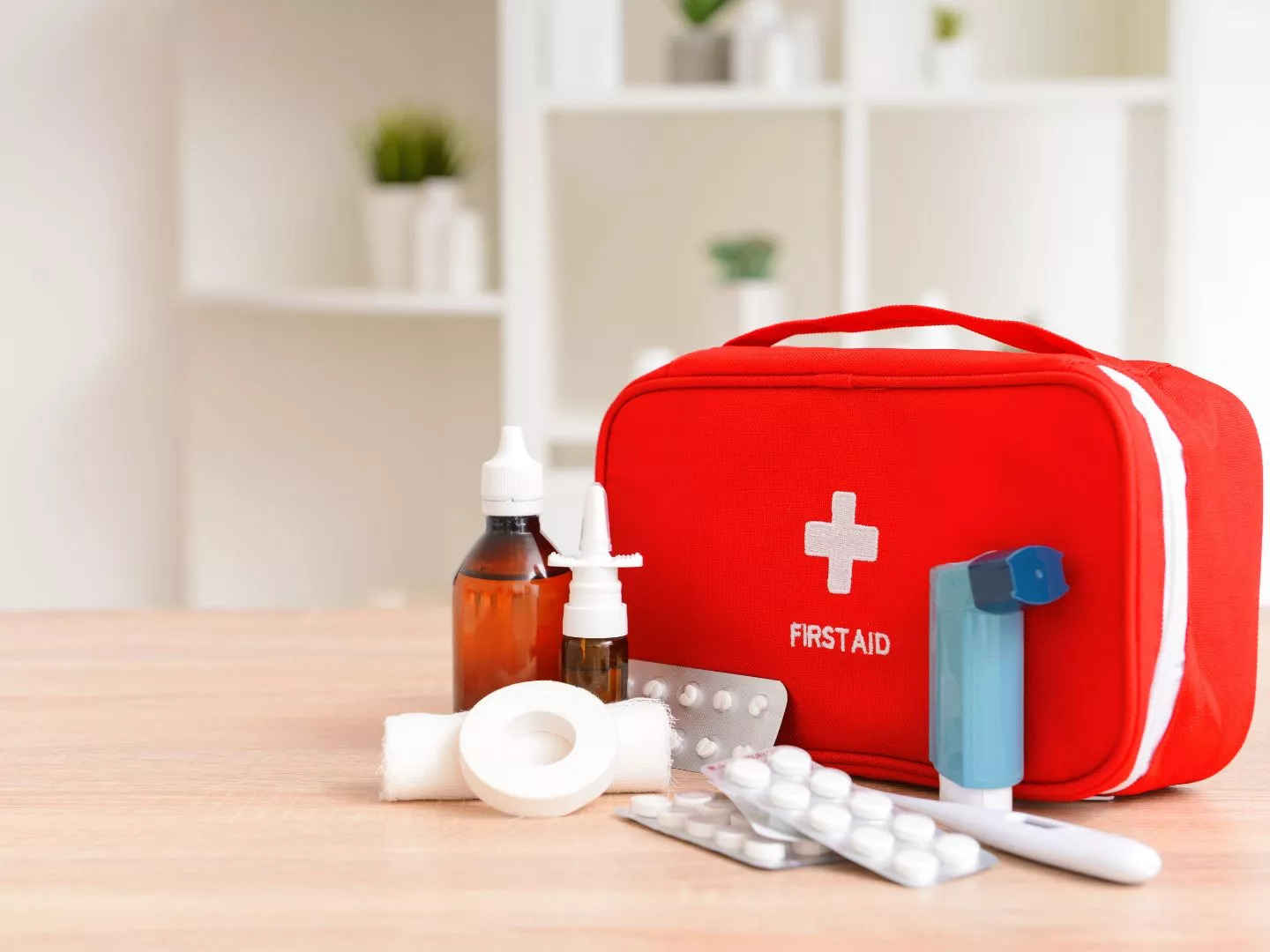
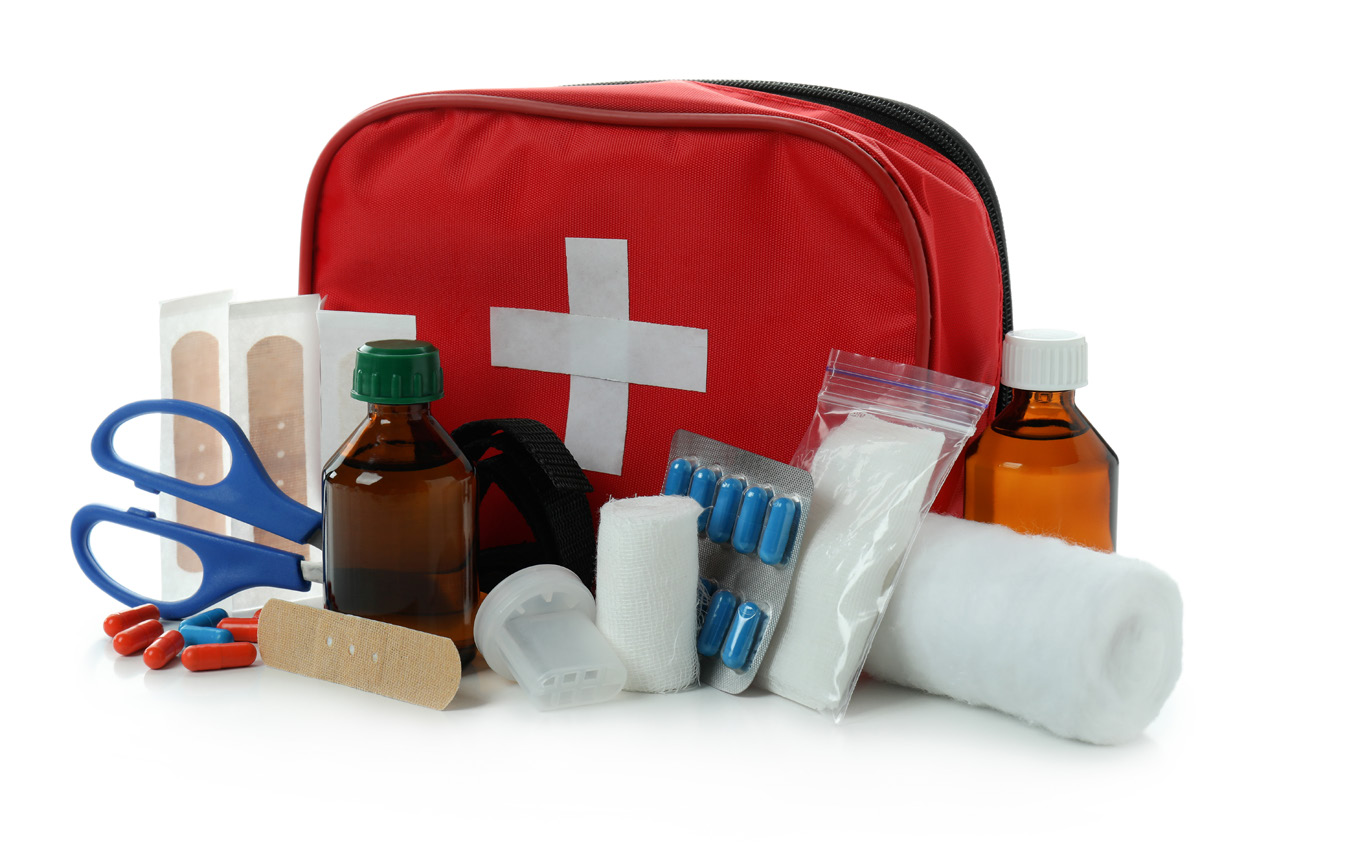
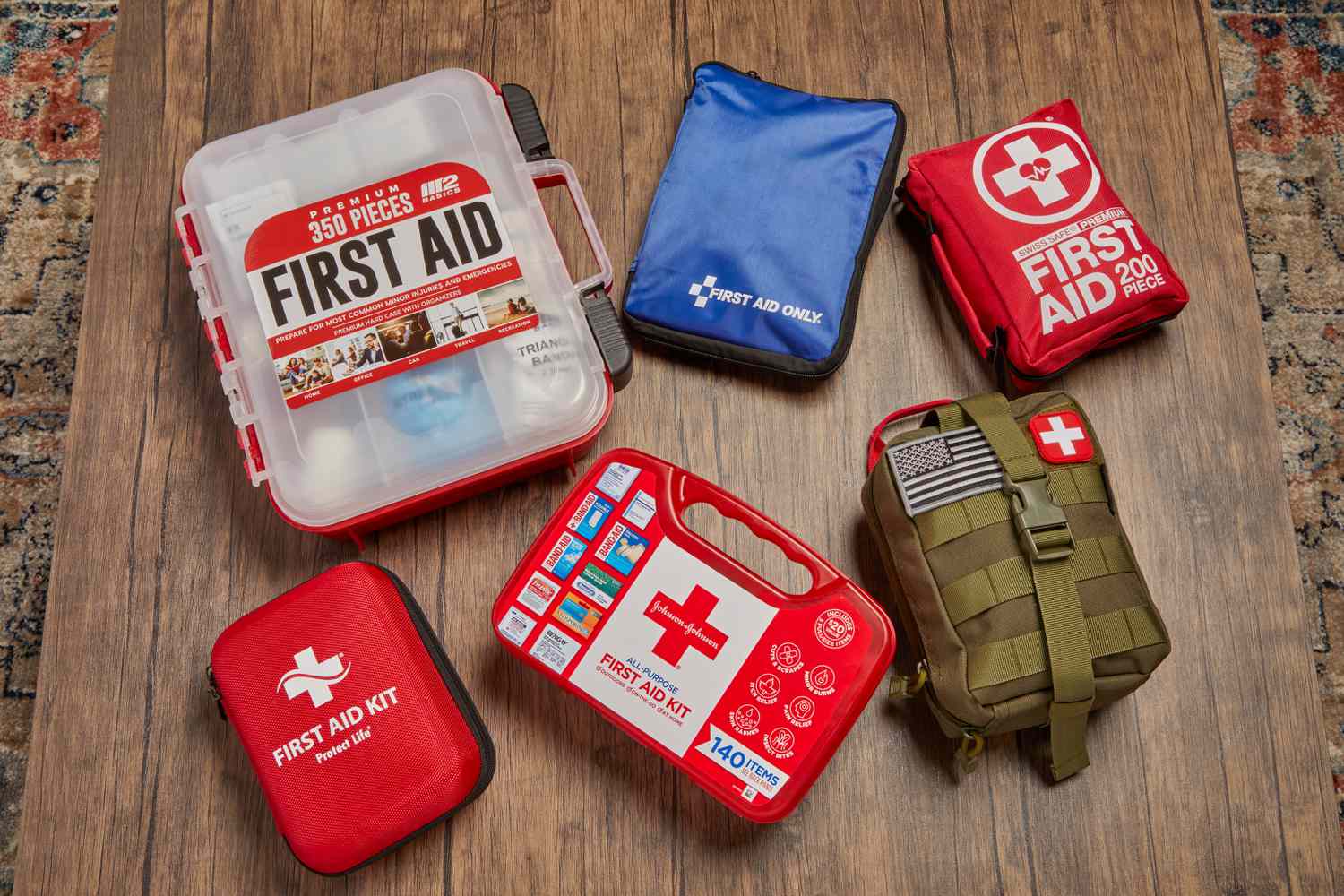
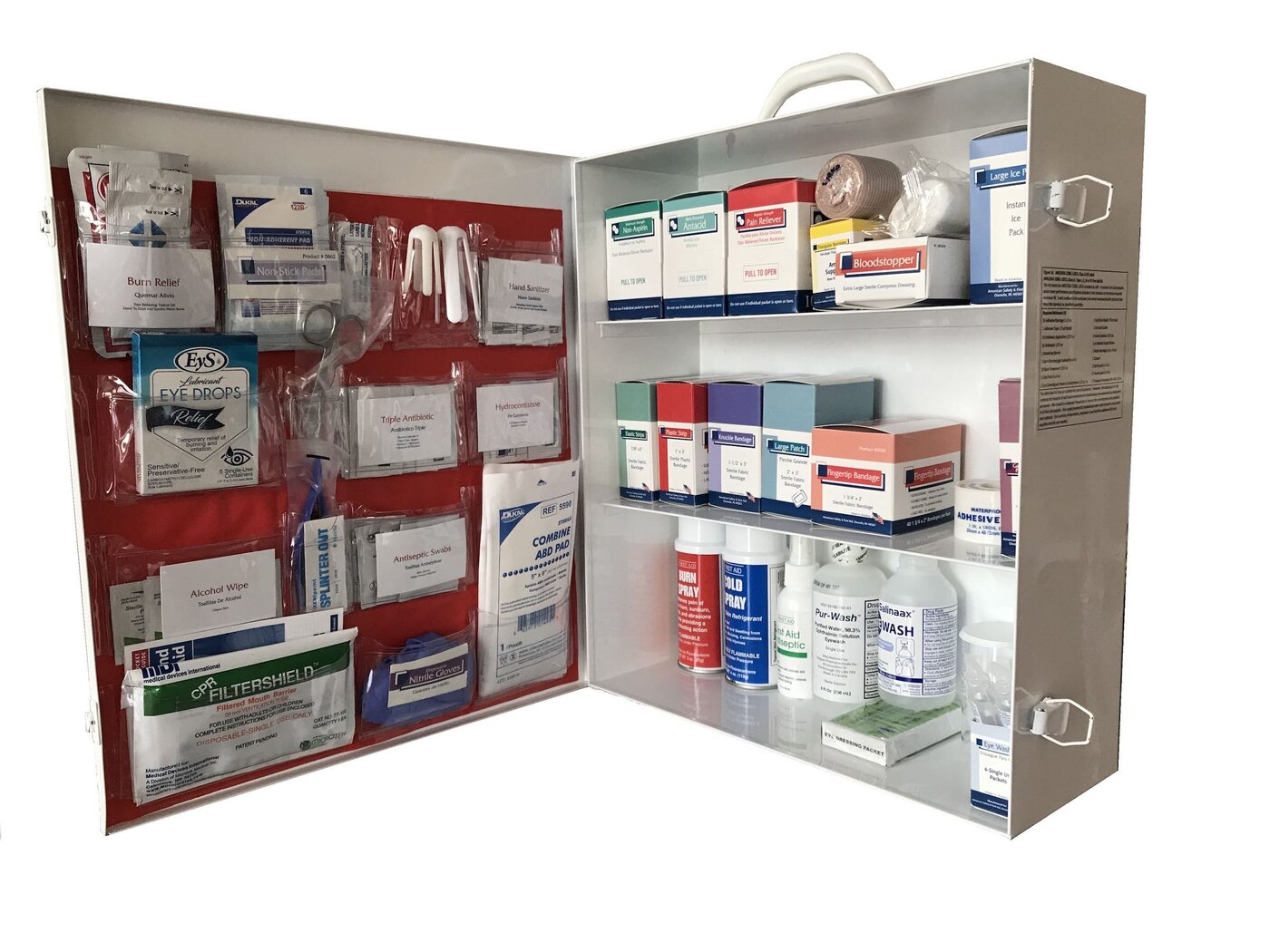
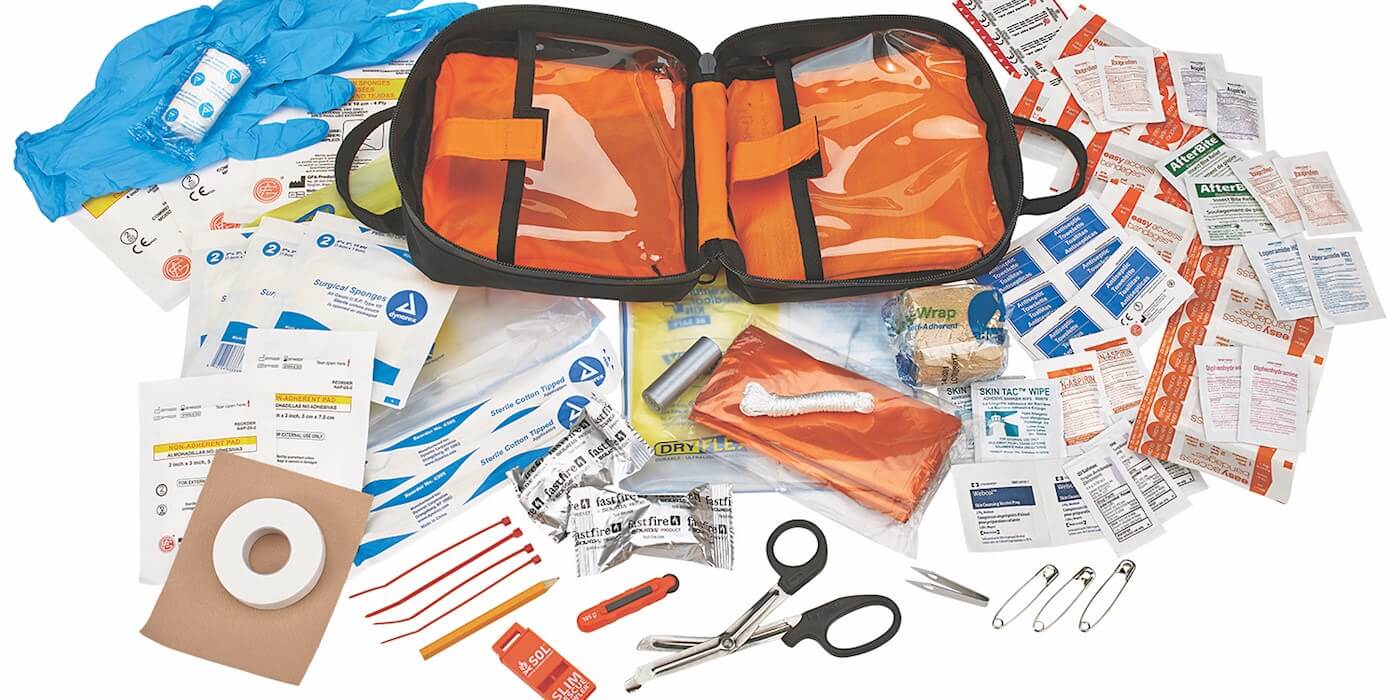
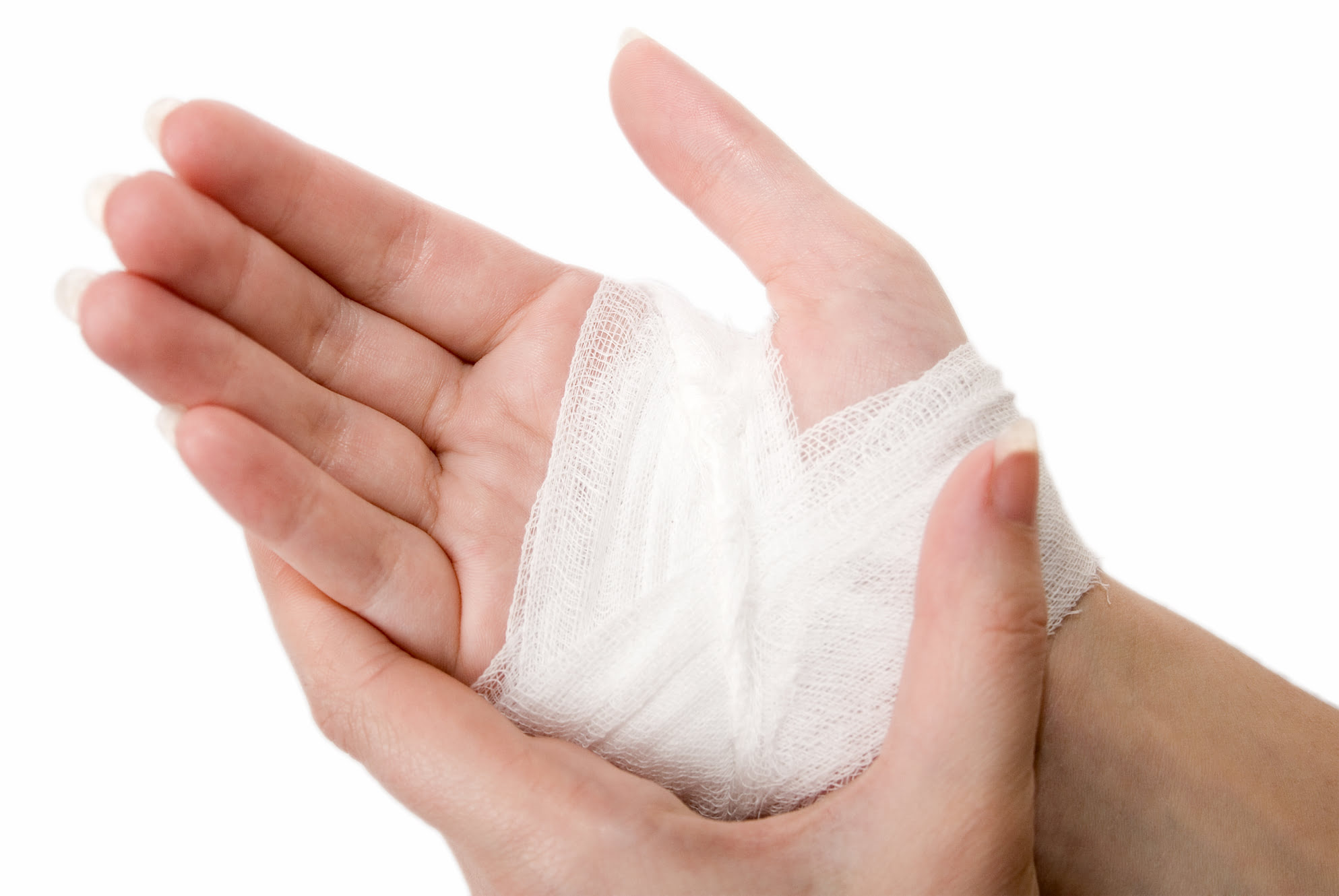
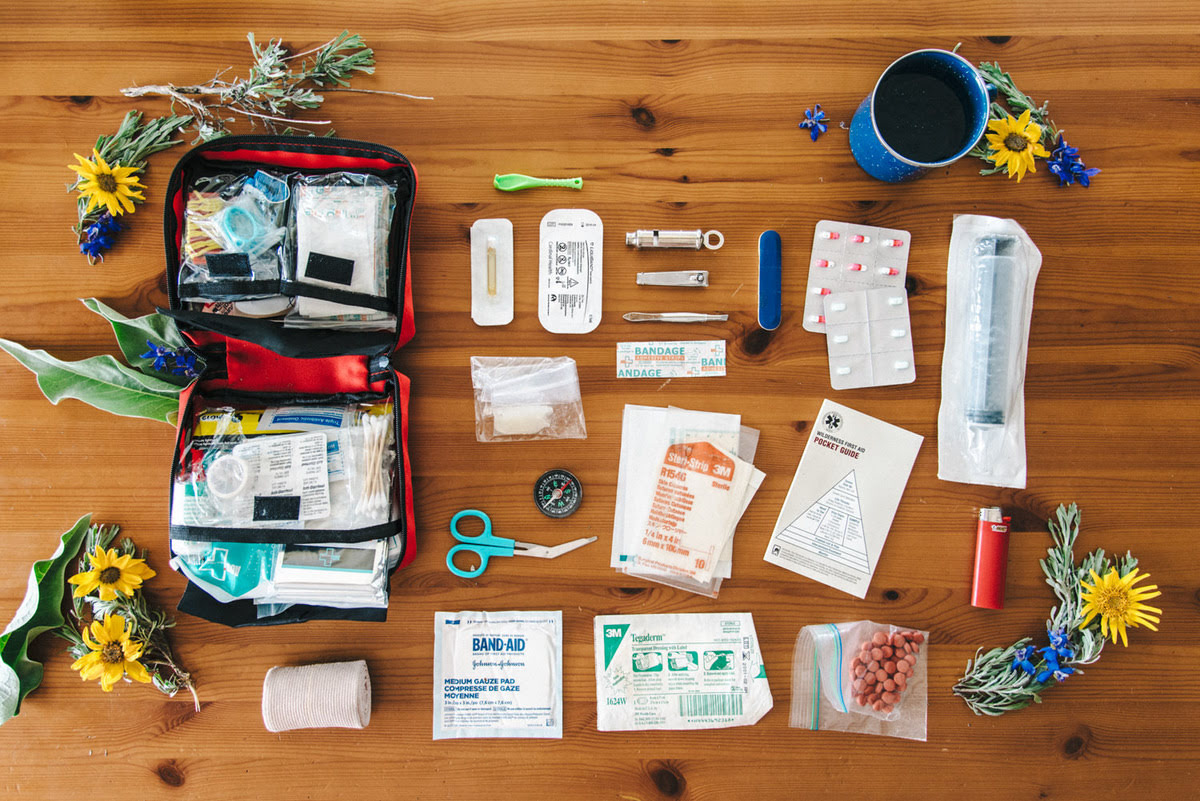
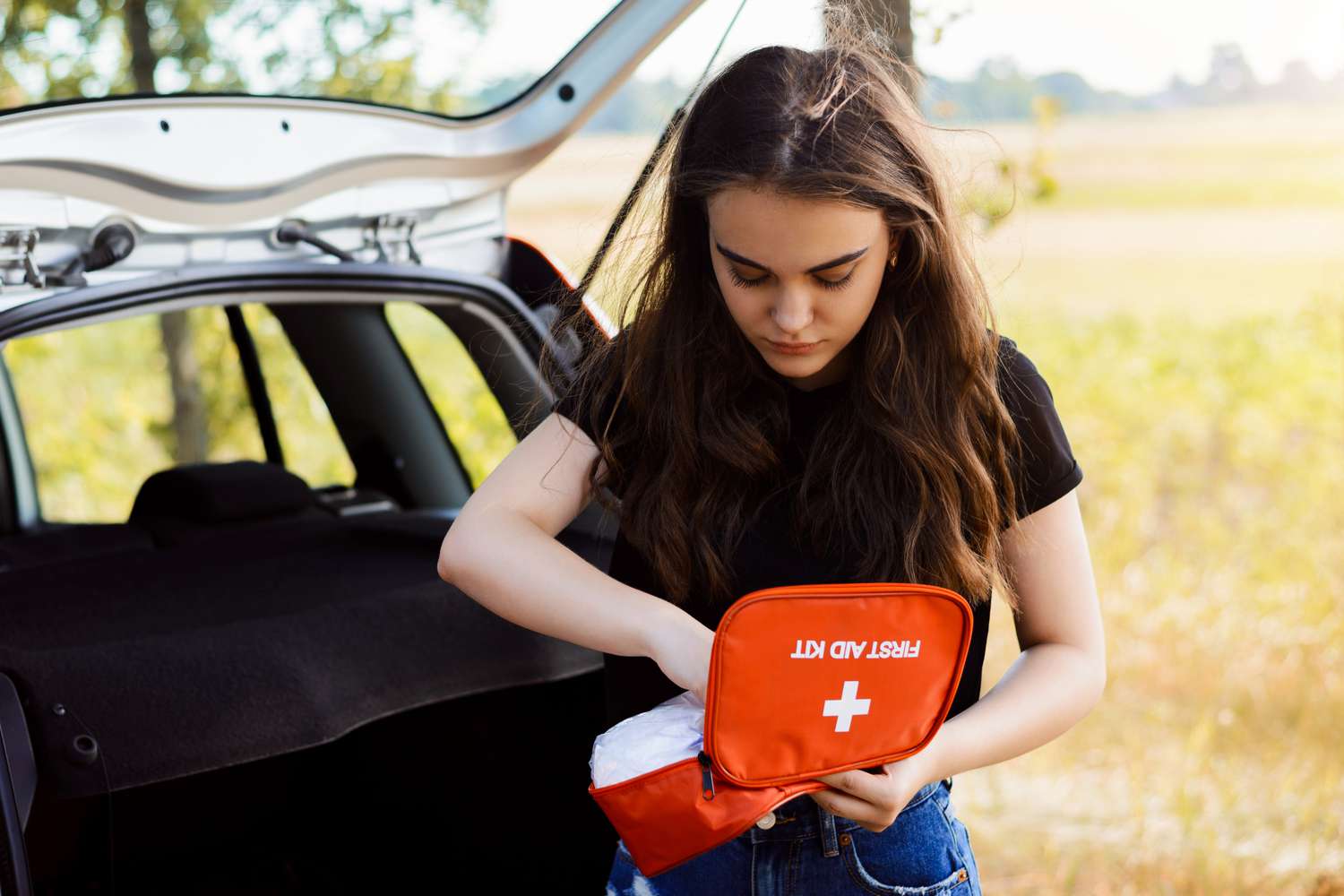
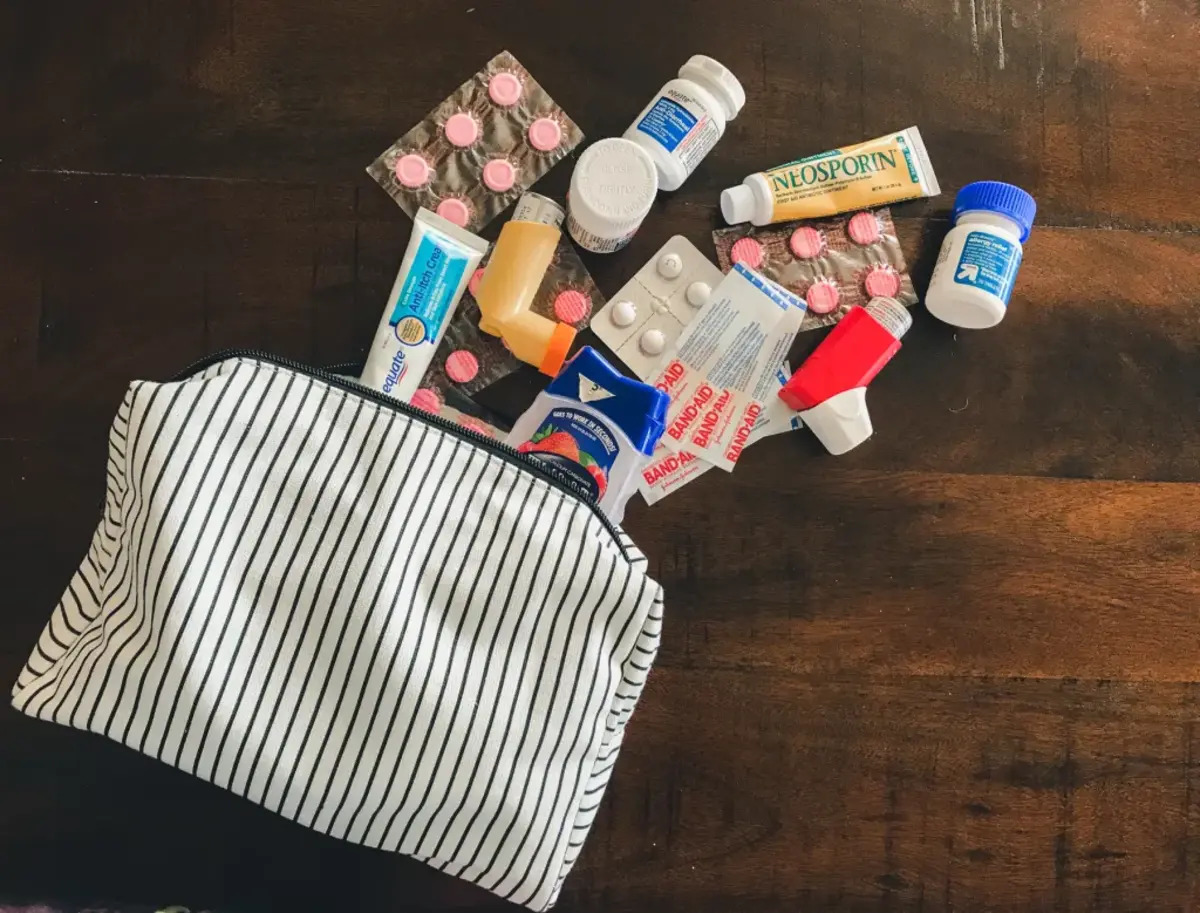
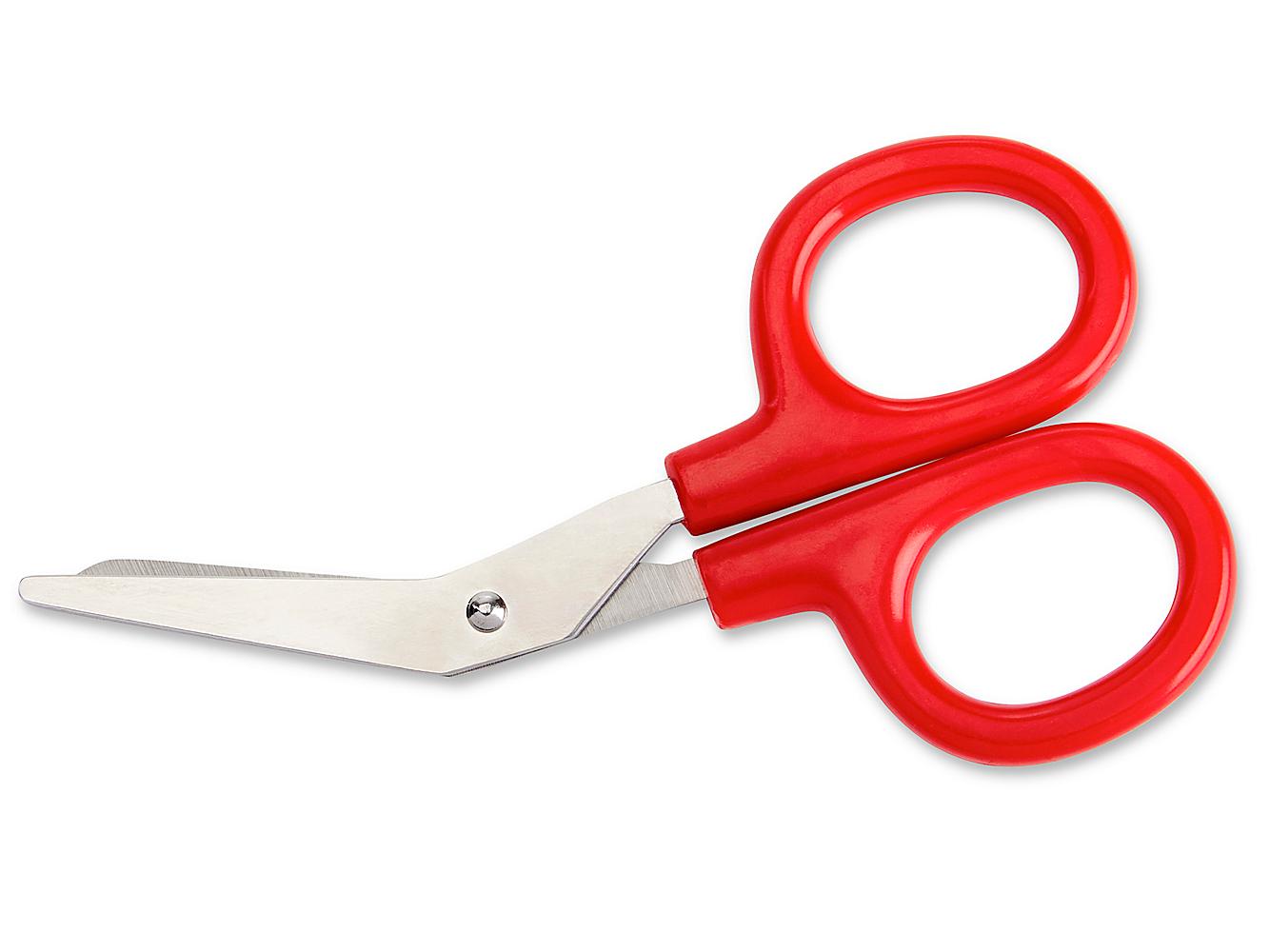

0 thoughts on “What Should Be Included In A First Aid Kit For A Baby”